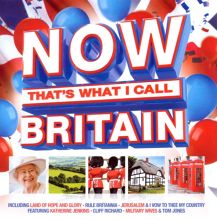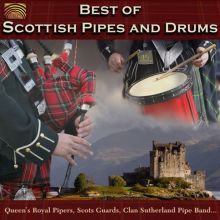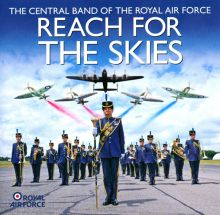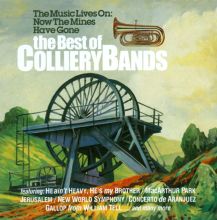Classical
»
Marches
The earliest types of Marches that were composed were probably used as processionals for funerals and weddings. The advent of the march as a musical form did not truly develop until its purposeful and guided use in the military. Marches are musical compositions intended for the alignment and uniform movement of troops. This is accomplished with the implementation of strong, steady, and emphatic beats. The patterns of marches became indicative of nations and military signals. Signals came from the brass instruments as well as the fifes -- both of which, in cavalries and infantry, were portable instruments. Drums and drum cadences became part of the standard military form. Most marches are paced at 120 beats per minute, though the majority of marching bands today -- such as high school and college bands -- play at much quicker tempos. Romantics, at the end of the 19th century, were fascinated with the emotions that could be expressed in funeral marches and wedding marches. When bands expanded in the late 19th century and the forum of the march could be spread to incorporate patriotic music, John Philip Sousa came to the fore. Though somewhat provincial, his music was forceful, rich, and emphatic, with instrumental flares and colorful fanfares that were characteristic of the march.
Marches Artist Highlights
More Marches ArtistsMarches Song Highlights
More Marches Songs
Royal Artillery Band/Keith Brion
The U.S. Military Bands
Royal Artillery Band/Keith Brion
Regimental Band of the Coldstream Guards
Regimental Band of the Coldstream Guards
Royal Artillery Band/Keith Brion
Goldman Band
Royal Artillery Band/Keith Brion
The United States Marine Band/The United States Navy B
United States Navy Band


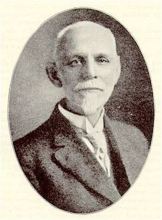
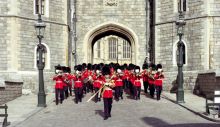

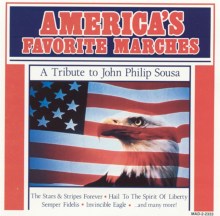
![Hands Across the Sea [Elektra/Asylum]](https://fastly-s3.allmusic.com/release/mr0000230356/front/220/_6_usq16jCRNN8jTe_HnaQSijaXJlYnq0St31qpAJWo=.jpg)
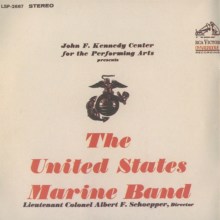
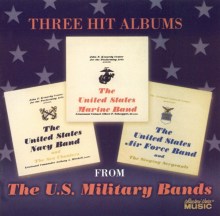

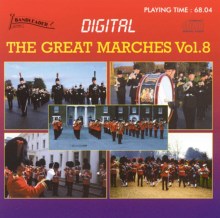
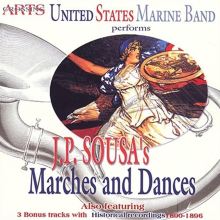
![The Best of the UK Pep Band [Bonus Track]](https://fastly-s3.allmusic.com/release/mr0001152428/front/220/8LKMCYnwCfvWpouY9jalOSpQg_7iAU1wjqLgK_xGXts=.jpg)
